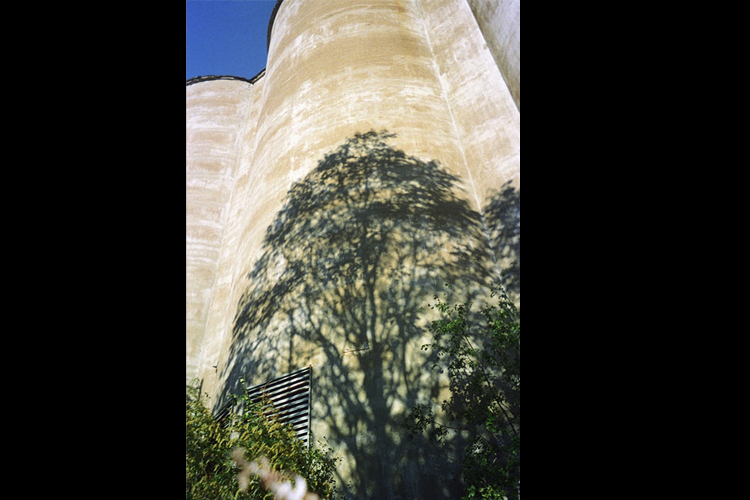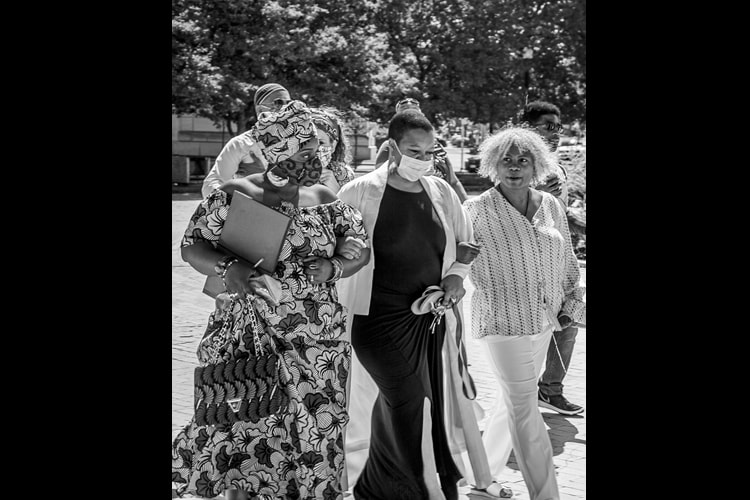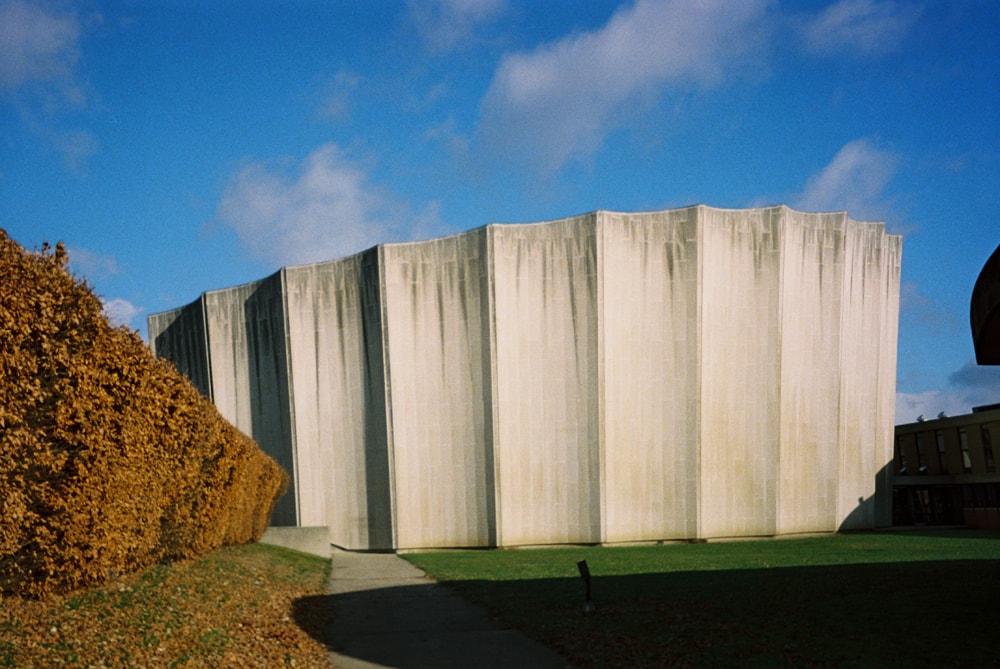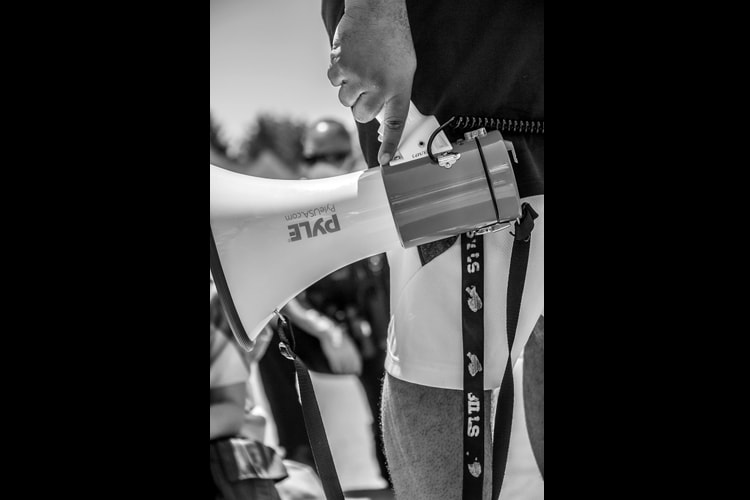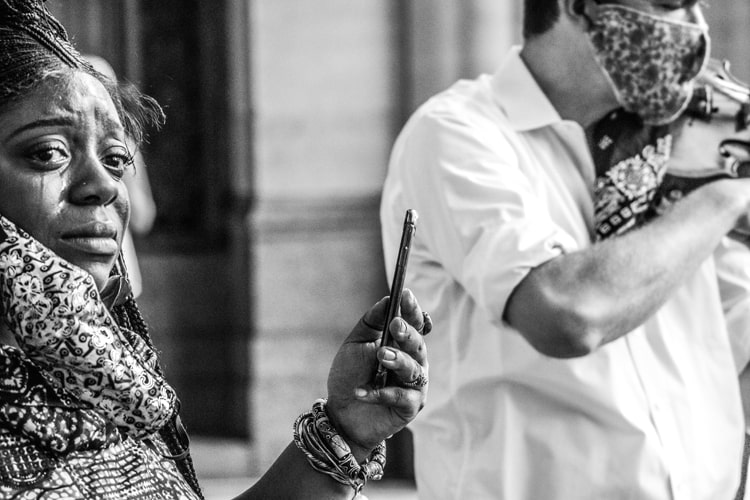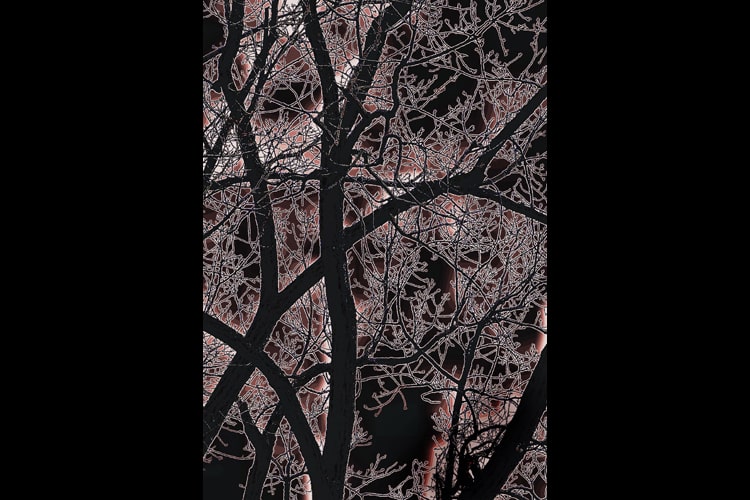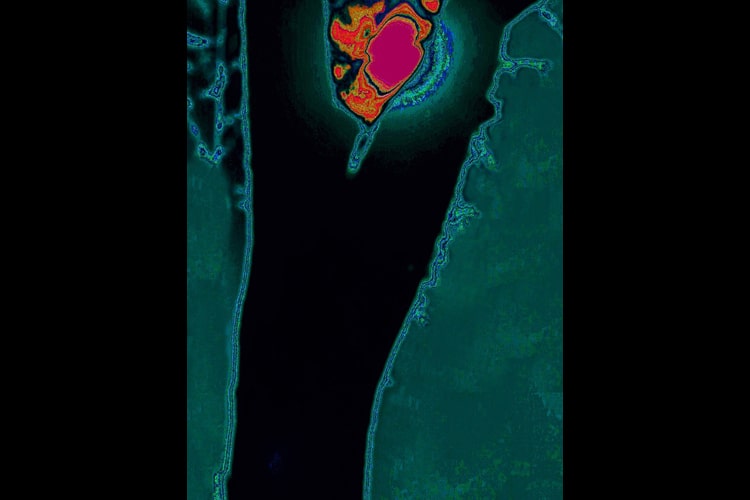Art Collection
-
Sherry Burns (2011)
$110.00Visions of Greater Buffalo is a CEPA fundraiser that invites 50 individuals with unique community perspectives to take up single-use film cameras and share their personal vision of the region. Started in 2005, the resulting collection of Buffalo photography has over 350 images taken by visionaries who are representative of the arts, business, sports, community service, and faith-based organizations of the Queen City.
The cameras are submitted to CEPA Gallery, then developed and reviewed by a panel of professionals. The best photograph from each camera is matted and framed for inclusion in a special exhibit that ends with a silent auction featuring all 50 of the selected works. Proceeds from the auction as well as print sales go to CEPA’s internationally recognized exhibits and community education program.
- Prints are approximately 11×17 in size
- Matting and framing is not provided
Prints shown in this collection are a limited selection from years 2005, 2007, 2009, 2011, 2012 & 2013. To view the entire collection, please contact CEPA.
-
Sinter Plant and Crusher Building with City of Buffalo
$300.00 – $400.00This photo by Patricia Layman Bazelon is part of the Steel Series. Bazelon photographed the Bethlehem Steel Plant in Lackawanna, New York from 1988 to 1995 during the plant’s reclamation period. All photographs are pigment-based inkjet prints, and available at approximately 16″ × 20″ and 20″ x 24″ print sizes.
-
Sisterhood, A Trek for Justice
$81.75 – $108.75This photo was featured in Hope, Rebellion & Justice, the 2020 debut solo exhibit by artist Tito Ruiz, featuring striking portraits, emotional action shots, and powerful street photography celebrating the intersectional fight for justice in WNY.
-
Standard Elevator
$300.00 – $400.00This photo by Patricia Layman Bazelon is part of the Steel Series. Bazelon photographed the Bethlehem Steel Plant in Lackawanna, New York from 1988 to 1995 during the plant’s reclamation period. All photographs are pigment-based inkjet prints, and available at approximately 16″ × 20″ and 20″ x 24″ print sizes.
-
Steve Sherman (2007)
$110.00Visions of Greater Buffalo is a CEPA fundraiser that invites 50 individuals with unique community perspectives to take up single-use film cameras and share their personal vision of the region. Started in 2005, the resulting collection of Buffalo photography has over 350 images taken by visionaries who are representative of the arts, business, sports, community service, and faith-based organizations of the Queen City.
The cameras are submitted to CEPA Gallery, then developed and reviewed by a panel of professionals. The best photograph from each camera is matted and framed for inclusion in a special exhibit that ends with a silent auction featuring all 50 of the selected works. Proceeds from the auction as well as print sales go to CEPA’s internationally recognized exhibits and community education program.
- Prints are approximately 11×17 in size
- Matting and framing is not provided
Prints shown in this collection are a limited selection from years 2005, 2007, 2009, 2011, 2012 & 2013. To view the entire collection, please contact CEPA.
-
Take a Knee
$81.75 – $108.75This photo was featured in Hope, Rebellion & Justice, the 2020 debut solo exhibit by artist Tito Ruiz, featuring striking portraits, emotional action shots, and powerful street photography celebrating the intersectional fight for justice in WNY.
-
Tears of Sorrow
$81.75 – $108.75This photo was featured in Hope, Rebellion & Justice, the 2020 debut solo exhibit by artist Tito Ruiz, featuring striking portraits, emotional action shots, and powerful street photography celebrating the intersectional fight for justice in WNY.
-
Ted Marks (2009)
$110.00Visions of Greater Buffalo is a CEPA fundraiser that invites 50 individuals with unique community perspectives to take up single-use film cameras and share their personal vision of the region. Started in 2005, the resulting collection of Buffalo photography has over 350 images taken by visionaries who are representative of the arts, business, sports, community service, and faith-based organizations of the Queen City.
The cameras are submitted to CEPA Gallery, then developed and reviewed by a panel of professionals. The best photograph from each camera is matted and framed for inclusion in a special exhibit that ends with a silent auction featuring all 50 of the selected works. Proceeds from the auction as well as print sales go to CEPA’s internationally recognized exhibits and community education program.
- Prints are approximately 11×17 in size
- Matting and framing is not provided
Prints shown in this collection are a limited selection from years 2005, 2007, 2009, 2011, 2012 & 2013. To view the entire collection, please contact CEPA.
-
Untitled No. 1
$150.00In Thy Light We See Light, a 2019 CEPA exhibition by Rodney Galarneau, explores the intersection of nature and technology. A frequent visitor to CEPA’s digital lab, Rodney brings his photos of nature one step further on the computer. He explains:
“Trees have been my focus most of my adult life, but looking for more of a synthesis of the natural world I started to include clouds and sun. With digital photography the natural world unfolds before me. From my work with the sun I am intrigued with what appears as a contradiction; the camera imposing itself in the image, not just on the periphery but at the very core of the subject.”
He credits artist Arthur Dove, a painter of last century, who inspired his journey. And with a quick look at Arthur’s rings of color representing the setting sun, you can see why.
- Prints are 13×19 in size
- Matting and framing is not provided
-
Untitled No. 10
$150.00In Thy Light We See Light, a 2019 CEPA exhibition by Rodney Galarneau, explores the intersection of nature and technology. A frequent visitor to CEPA’s digital lab, Rodney brings his photos of nature one step further on the computer. He explains:
“Trees have been my focus most of my adult life, but looking for more of a synthesis of the natural world I started to include clouds and sun. With digital photography the natural world unfolds before me. From my work with the sun I am intrigued with what appears as a contradiction; the camera imposing itself in the image, not just on the periphery but at the very core of the subject.”
He credits artist Arthur Dove, a painter of last century, who inspired his journey. And with a quick look at Arthur’s rings of color representing the setting sun, you can see why.
- Prints are 13×19 in size
- Matting and framing is not provided
-
Untitled No. 11
$150.00In Thy Light We See Light, a 2019 CEPA exhibition by Rodney Galarneau, explores the intersection of nature and technology. A frequent visitor to CEPA’s digital lab, Rodney brings his photos of nature one step further on the computer. He explains:
“Trees have been my focus most of my adult life, but looking for more of a synthesis of the natural world I started to include clouds and sun. With digital photography the natural world unfolds before me. From my work with the sun I am intrigued with what appears as a contradiction; the camera imposing itself in the image, not just on the periphery but at the very core of the subject.”
He credits artist Arthur Dove, a painter of last century, who inspired his journey. And with a quick look at Arthur’s rings of color representing the setting sun, you can see why.
- Prints are 13×19 in size
- Matting and framing is not provided
-
Untitled No. 12
$150.00In Thy Light We See Light, a 2019 CEPA exhibition by Rodney Galarneau, explores the intersection of nature and technology. A frequent visitor to CEPA’s digital lab, Rodney brings his photos of nature one step further on the computer. He explains:
“Trees have been my focus most of my adult life, but looking for more of a synthesis of the natural world I started to include clouds and sun. With digital photography the natural world unfolds before me. From my work with the sun I am intrigued with what appears as a contradiction; the camera imposing itself in the image, not just on the periphery but at the very core of the subject.”
He credits artist Arthur Dove, a painter of last century, who inspired his journey. And with a quick look at Arthur’s rings of color representing the setting sun, you can see why.
- Prints are 13×19 in size
- Matting and framing is not provided



